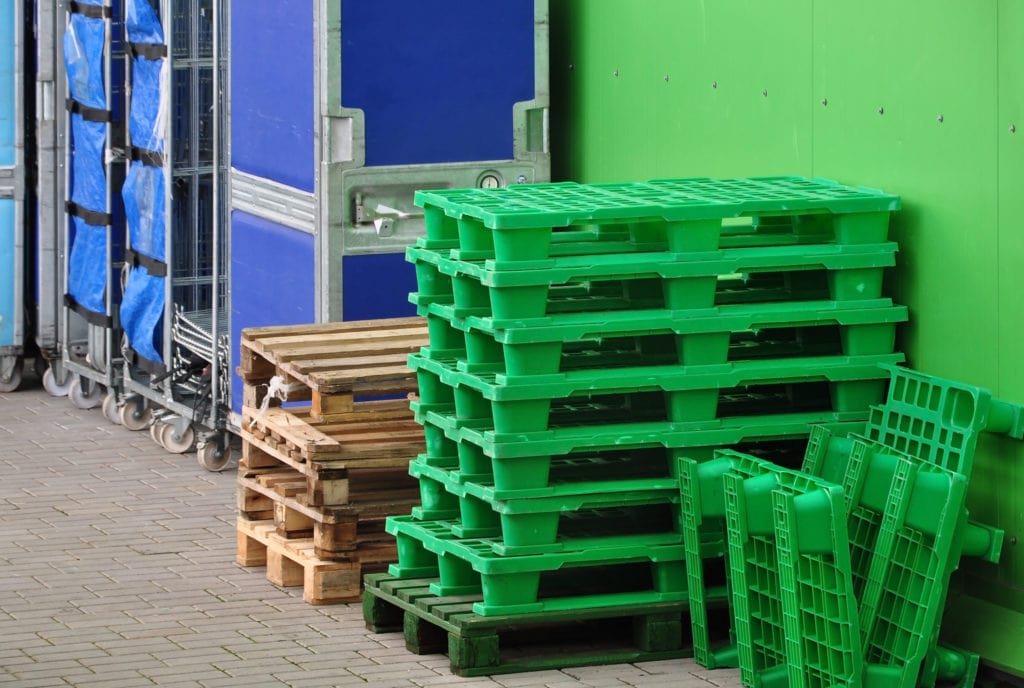Why You Should be Spending More on Your Pallets

Sometimes, finding a way to operate more efficiently forces a company to examine processes that haven’t changed for decades. Take the pallet. This simple, but crucial, item ensures stable loads and are essential to moving goods throughout the supply chain. They’re typically made of wood and are inexpensive—maybe about $15 per pallet. This may not seem cost prohibitive, but with up to 2 billion pallets in use in the U.S. alone, businesses must examine ways to reduce this cost without cutting corners.
Plastic pallets have an opportunity to disrupt the industry by addressing some of the wood pallet’s shortcomings, such as reusability and weight capacity. Sam Dunham, director of operations at Plastic Pallet Pros, joined the Inbound Logistics podcast to discuss how spending $50 on a plastic pallet might be a better deal than $15 for a wooden one.
“One thing that we’ve noticed over the years is that the wood pallet market hasn’t changed much,” says Dunham. “The price hasn’t changed much in many years.”
But costs, options, and availability now have all gotten more expensive. According to Dunham, some pallet manufacturers have responded by cutting corners in production—reducing material quality or repairing existing pallets. When the COVID-19 pandemic hit, many labor and materials shortages forced prices to rise, and many pallet customers began looking for alternatives.
Challenging Misconceptions
Duham encourages companies to examine their misconceptions about the plastic pallet. Yes, he admits, plastic pallets come at a higher price initially, but there are several area where they outperform wooden pallets and offer long-term savings.
Durability, for example, is an area where plastic pallets shine. Dunham points to an example where a company determined its cost per trip was $1.76 for wood pallets and $0.26 per trip for a plastic one. The ability to reuse its plastic pallets up to 200 times vs. 6-8 trips for a wood one led to $91,000 savings per year, according to Dunham.
Then there are weight considerations. “There are a lot of companies that don’t run out of room when they’re packing a semi; they run out of weight,” says Dunham. “When your pallet weighs 12 pounds instead of 60, that’s room for 48 pounds more of product per pallet on the truck.”
Check out Inbound Logistics’ podcasts to learn how reexamining your pallet strategy will lead to significant savings across the board.
